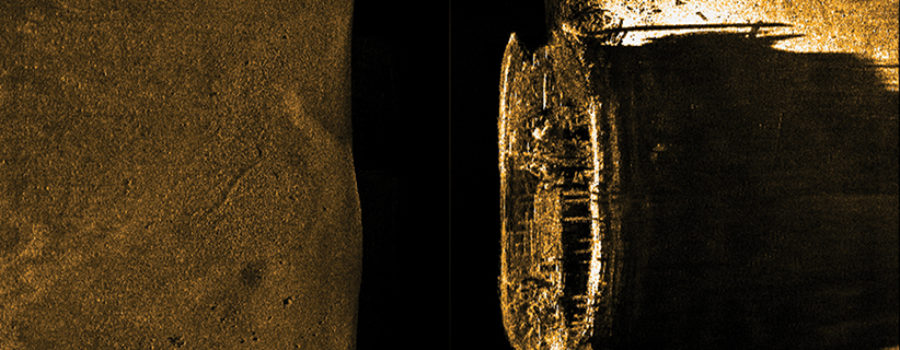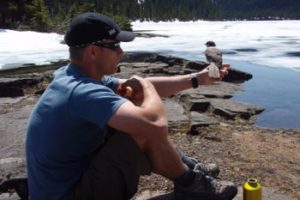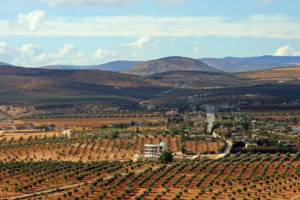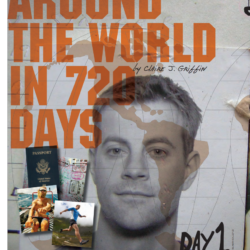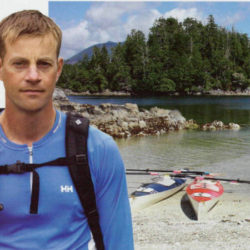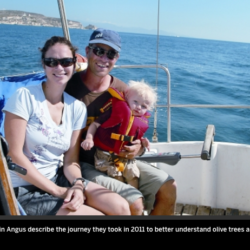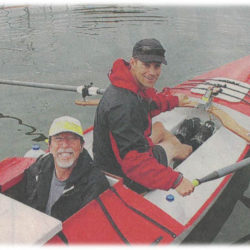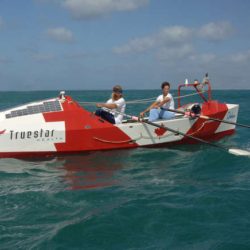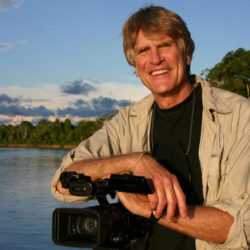Here in Victoria autumn is a subtle season. It lacks the flamboyance of eastern Canada, with its brilliant hues of red and crisp dry days. Instead, the colours are muted, as if acknowledging our more subdued transition from summer to winter. Our winters, after all, aren’t white, they’re simply wet. The trees, as if waiting in vain for a clear signal to drop, continually shed leaves for five months. The native Garry oaks in particular refuse to acknowledge the arrival of the wet season, instead retaining their dead brown leaves until the spring.
It is our muted fall that got me thinking about approaching winter in other areas, in particular, the North West Passage. As most of you are probably aware, one of the greatest expedition mysteries of all time was finally solved late this summer. The Canadian navy located one of the two lost Franklin ships submerged in 30 feet of water. Just a few days ago, divers determined that it was the most important ship, the Erebus, which was Franklin’s flagship.
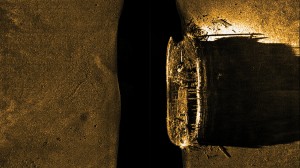 Captain Sir John Franklin left England in 1845 seeking a route through the NW passage. He was in command of two ships the Erebus and the Terror, and the ships became lodged in ice in Victoria Strait halfway through the NW Passage, and Sir Franklin and his entire crew of 128 perished. Graves from some of the crew have been found on shore, but the fate of the ships has been an enduring mystery.
Captain Sir John Franklin left England in 1845 seeking a route through the NW passage. He was in command of two ships the Erebus and the Terror, and the ships became lodged in ice in Victoria Strait halfway through the NW Passage, and Sir Franklin and his entire crew of 128 perished. Graves from some of the crew have been found on shore, but the fate of the ships has been an enduring mystery.
What makes the discovery so remarkable is the intact condition of the ship. A good friend of ours Kevin Vallely, has spent a significant amount of time researching the the Franklin expedition. He organized an expedition in partnership with CBC’s Evan Solomon retracing the footsteps of the Franklin crew in their final desperate bid to trek to safety. Kevin felt the likelihood of the ships remaining intact on the bottom of the strait was very unlikely due to the shallow water and the winter ice that was known to scrape the bottom like a giant icy rake.
Amazingly, the Erebus survived the clawing ice, and is almost perfectly intact on the ocean bottom. While finding the Erebus is truly astounding, the real answers to the mystery are still to come. Underwater archeologists will soon pore through the wreckage revealing clues and information on the final months of the Franklin saga.
But, like a bedtime book closed for the evening, this exciting mystery will be on hold for many, many months. Autumn, after all, hits hard in the Canadian Artic. Temperatures fall well below zero, and ice will seal the Erebus in her watery grave for another ten months or so, undisturbed by humans. So we’re excitedly (and patiently) waiting for the next chapter of this mystery to be revealed.
And speaking of voyaging through passages, Colin is preparing for his next adventure challenge. The Northwest Maritime Center in Port Townsend is hosting an inaugural race next June from Port Townsend, Washington, to Ketchikan, Alaska. The route is more than 1100 km long through the Inside Passage and promises to be one of (if not THE) most grueling coastal boat races in existence. Colin will be rowing with his friend Steve Price in the RowCruiser.
While I won’t have time to participate in the race through the Inside Passage, I am getting ready for a race of a different sort. I’ve been training for the Victoria half-marathon this summer, which is has been a great motivator to get back in shape after pregnancy. Despite a slow start to training and some nasty shin splints, it’s all coming together and I’m looking forward to running it in less than two weeks.
We also have a couple events coming up in Victoria and Toronto, and we’d love to see you if you can make it. This Monday Oct 6, our films The Yenisey River Expedition and Beyond the Horizon will be screened at Movie Monday, an organization that brings awareness to mental issues. The show starts at 6:30 pm at the Eric Martin Theatre, which is at Royal Jubilee Hospital. More info at Movie Monday. Colin will be there to answer questions and give a behind the scenes talk. Also, in a month (Oct 30 and Nov 2) I’ll be in Toronto at the International Festival of Authors for a reading from Olive Odyssey and a panel discussion.
As always there are lots of exciting expeditions to follow and this month we’d like to highlight one we’ve been tracking for years. In 2005 Dimitri Kieffer began his human-powered quest around the world. Starting in Alaska, he competed in the Iditarod Invitational Race, travelling 1,800 kilometres by foot and shoeshoe. Since then he’s travelled 15,000 km reaching Kyrgystan, including a remarkable winter crossing of the Bering Strait by walking, swimming and skiing.

